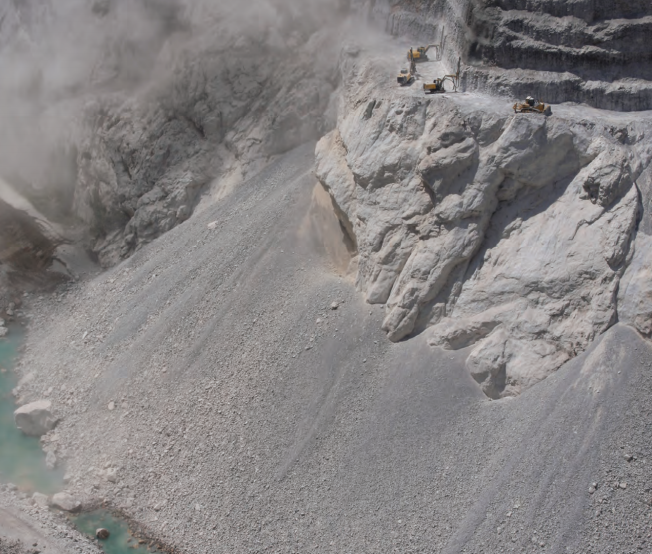
Submitted by temelzeynep on June 27, 2019
In April, a group of investors with US$10.3 trillion in assets, including the Church of England and four of Sweden’s national pension funds, demanded that 683 mining companies, including the collapsed Brumadinho dam’s operator Vale, provide details of every tailings facility under their control.
Yet despite the evident desire from investors and other stakeholders for more information on tailings dams and the risks they imply, disclosure has not yet become the norm within the industry. And while the investor demand mentioned above was an excellent first step, the lack of a singular, unified disclosure platform providing standardised data means that the information provided in response varied hugely in quantity and quality.
However, with the launch of CDP’s new report "In Too Deep: Analysis for institutional investors of critical water security issues facing the metals and mining sector", investors, policymakers and stakeholders now have access to the first large scale analysis of the ways in which mining companies are responding to and managing tailings dam risk.
The data behind the report, based on sector specific questions introduced to CDP’s water security questionnaire in 2018, represents the world’s first standardised and comparable data set on tailings dams, containing information on 347 active and 459 inactive tailings dams spanning 42 countries. That’s around a fifth of all tailings dams globally.
CDP has been collecting water-related data from companies across the metals and mining sector for more than a decade. In the report, CDP presents five year trend analysis of corporate water security data from 54 of the world’s largest listed mining companies. These companies have a total market capitalization of US$1.04 trillion and employ 1.8 million people worldwide.
The data behind the report, based on sector specific questions introduced to CDP’s water security questionnaire in 2018, represents the world’s first standardised and comparable data set on tailings dams, containing information on 347 active and 459 inactive tailings dams spanning 42 countries. That’s around a fifth of all tailings dams globally.
---
For more information please click here.
To read the report please click here.





